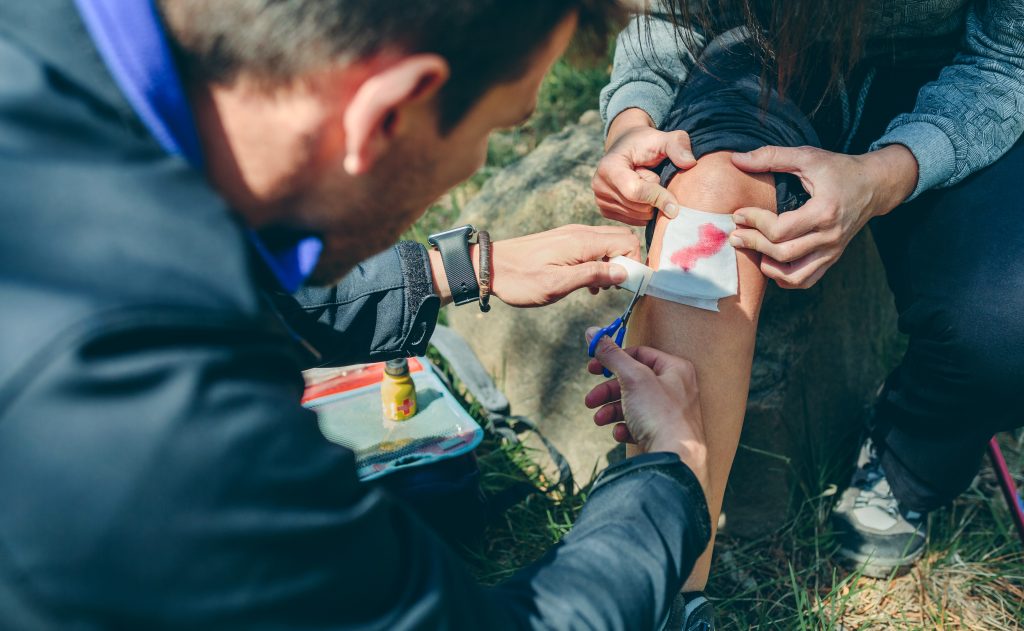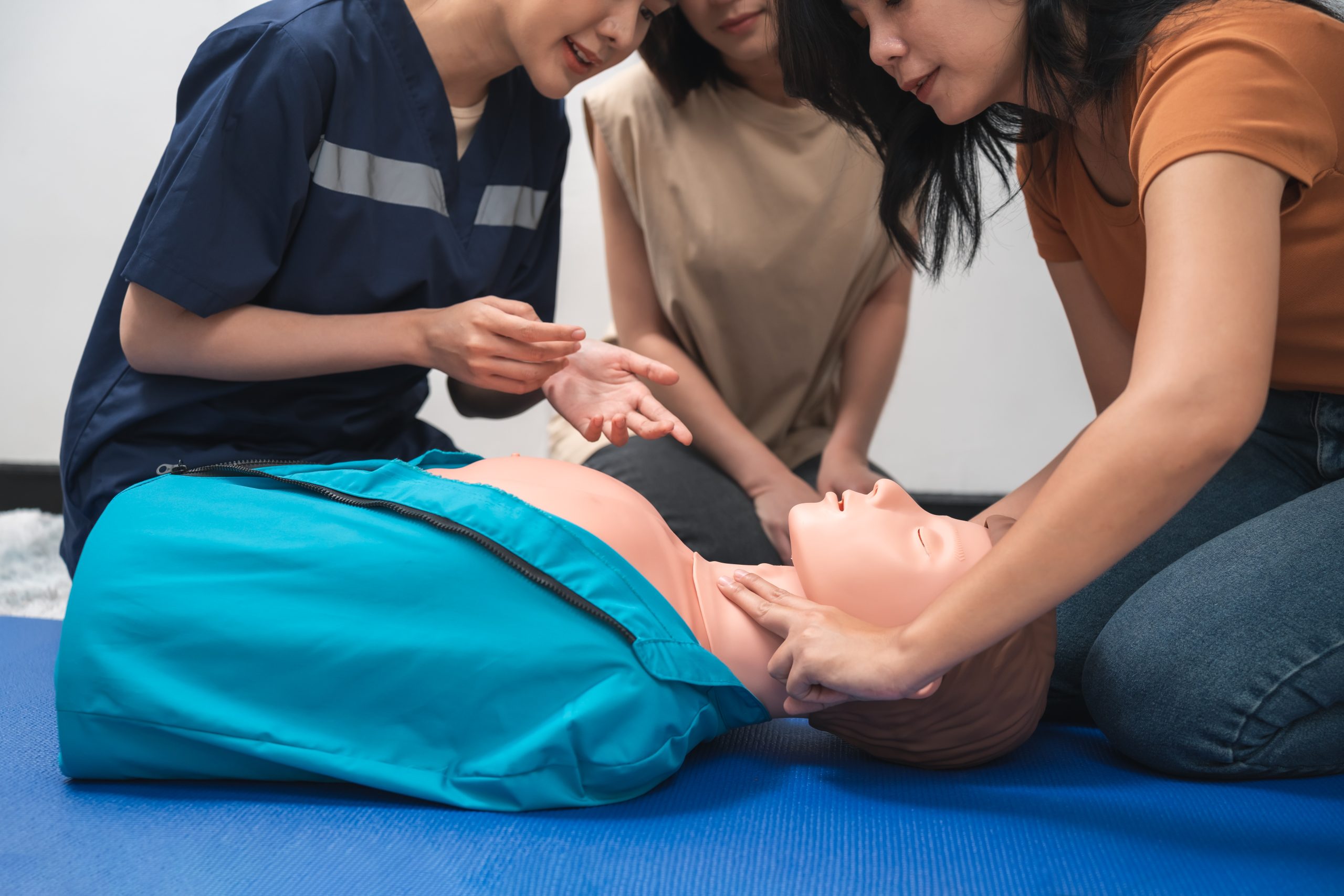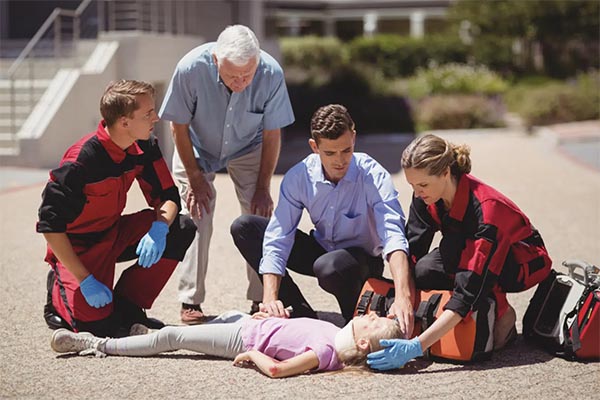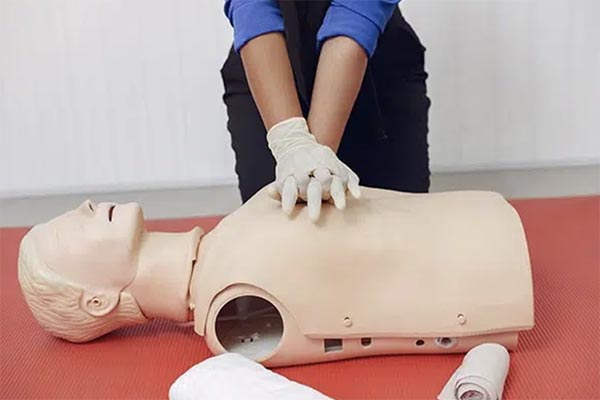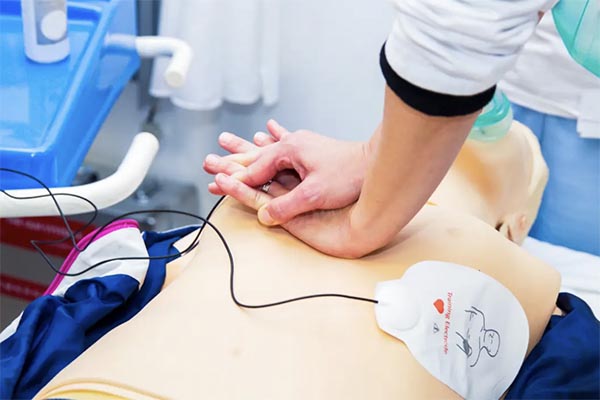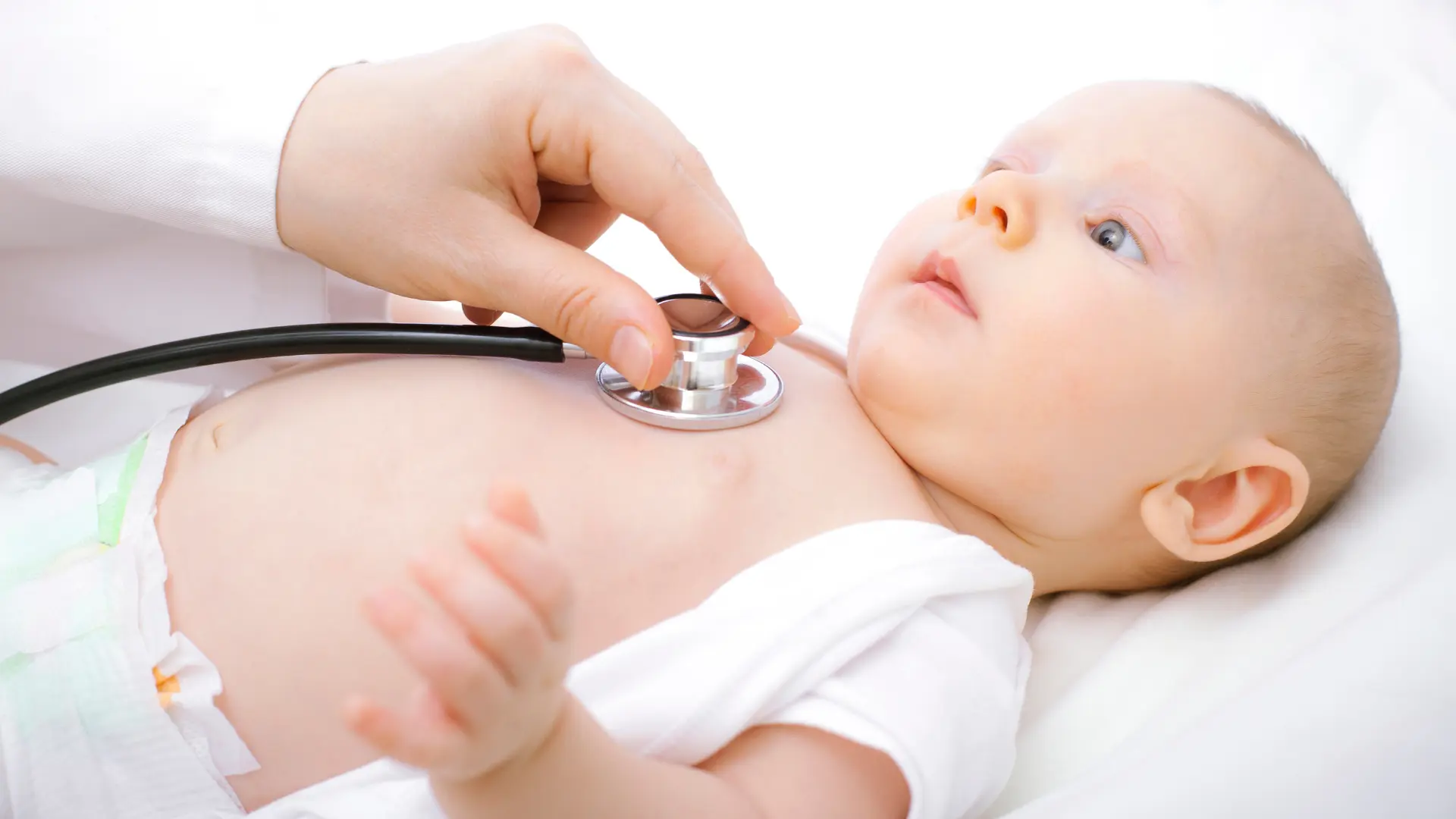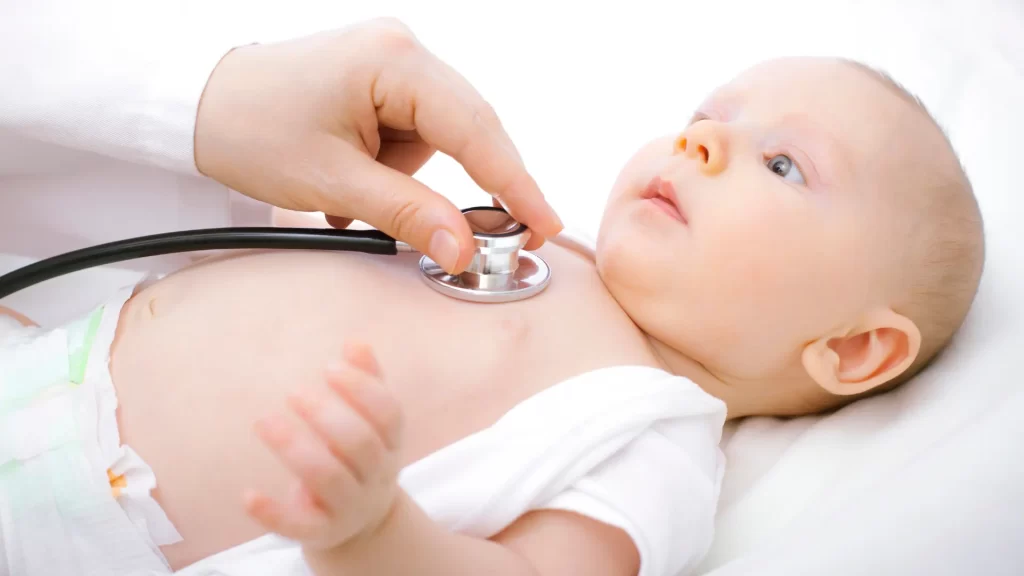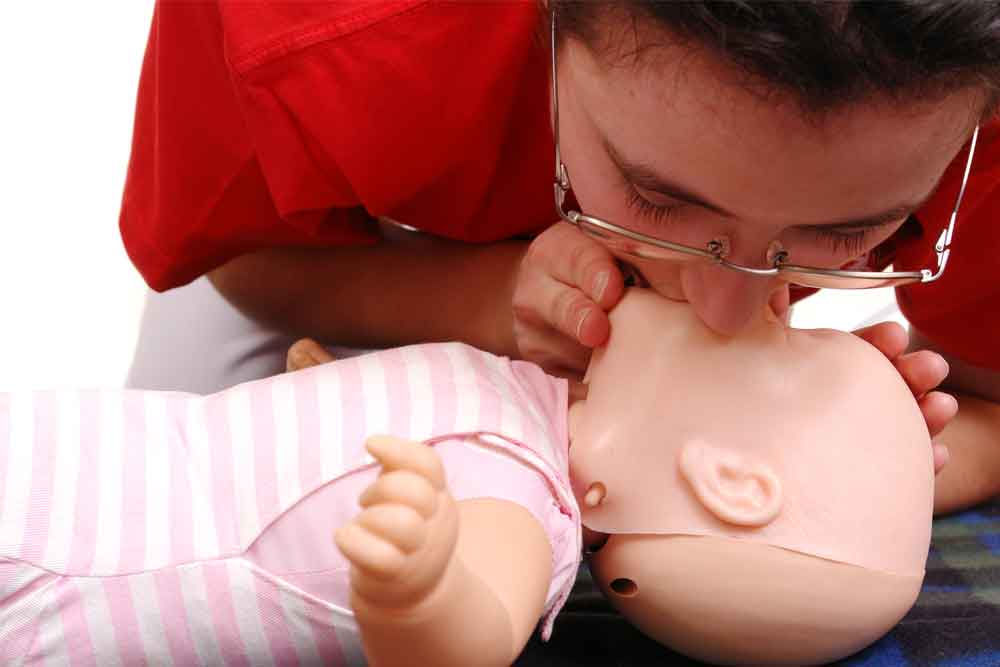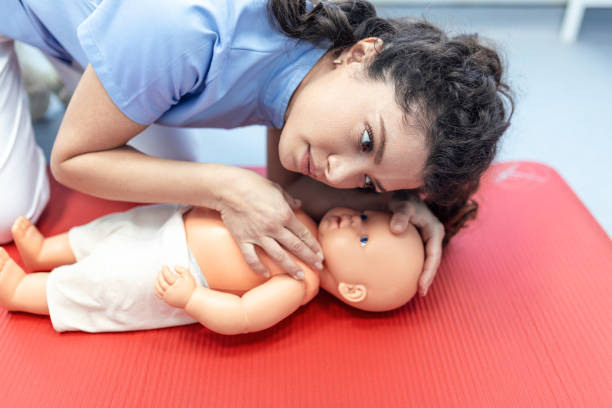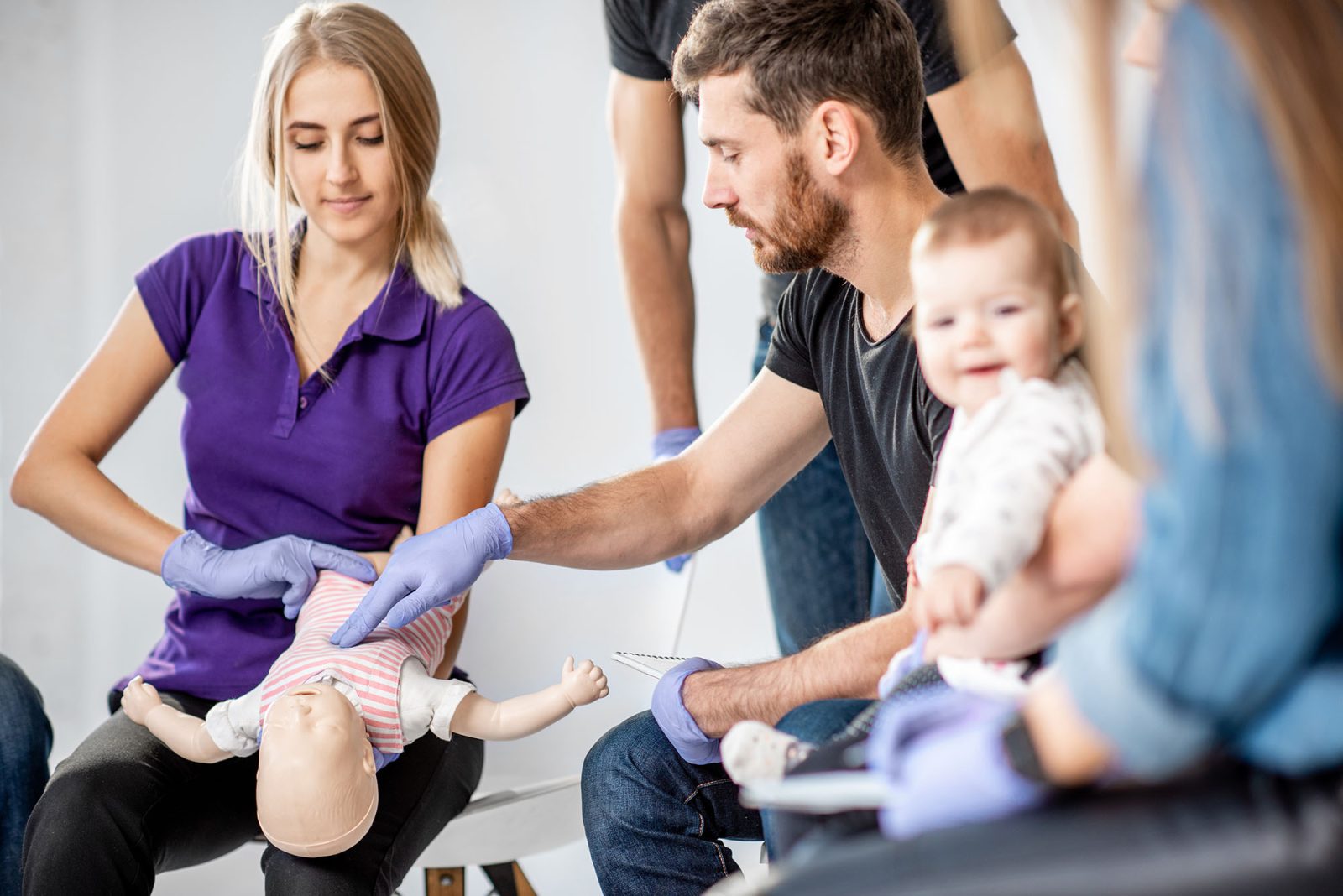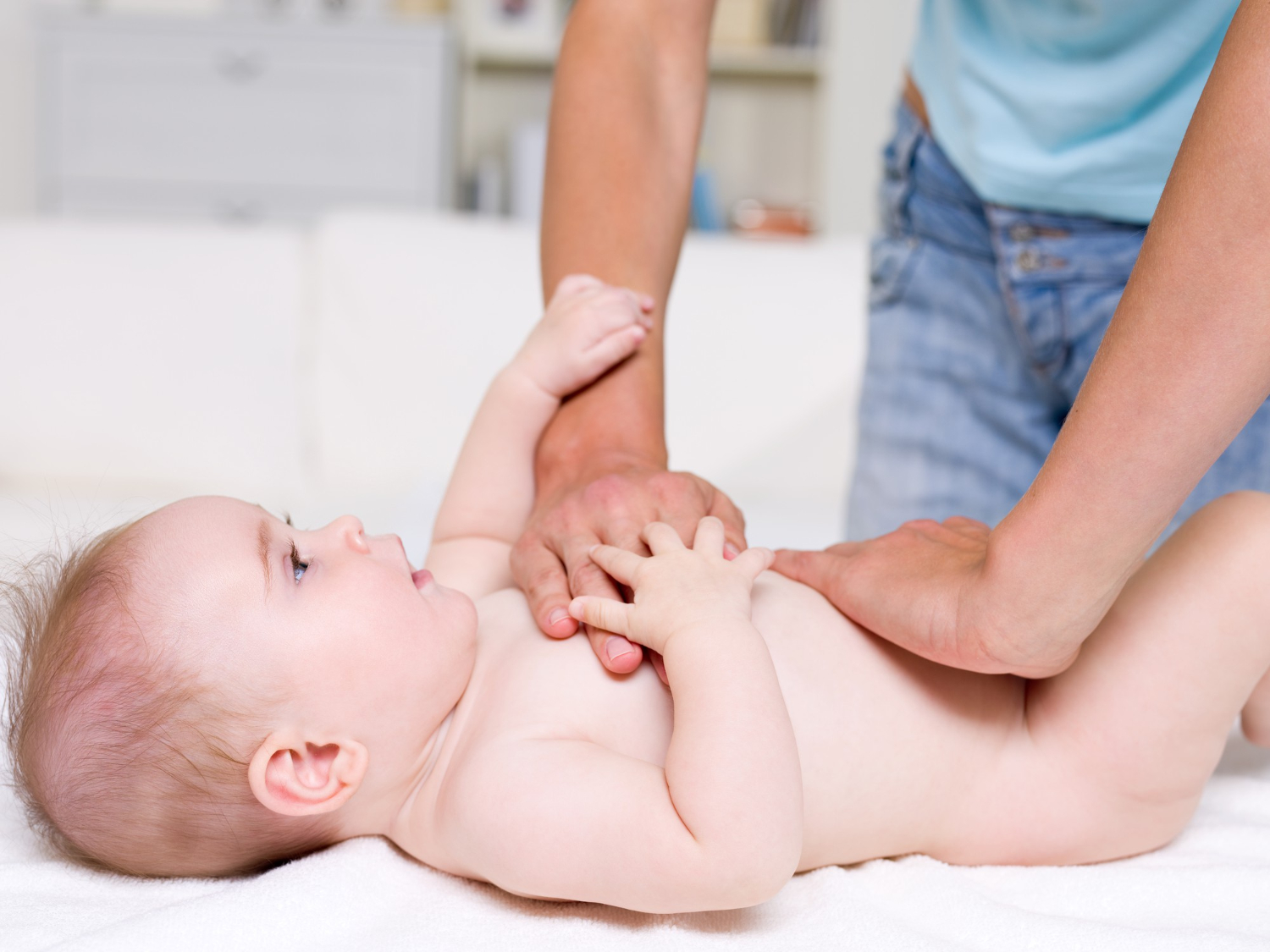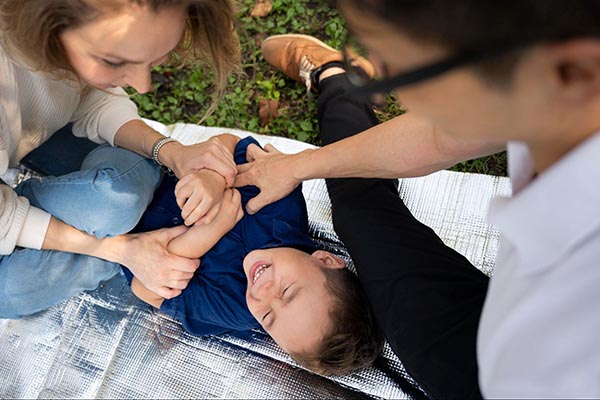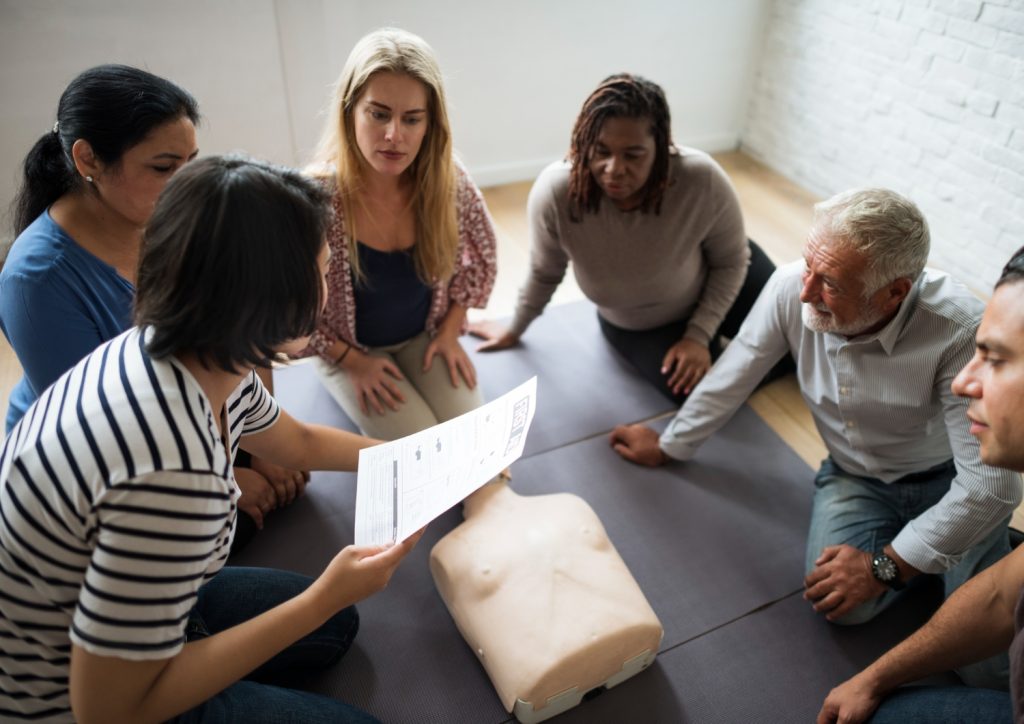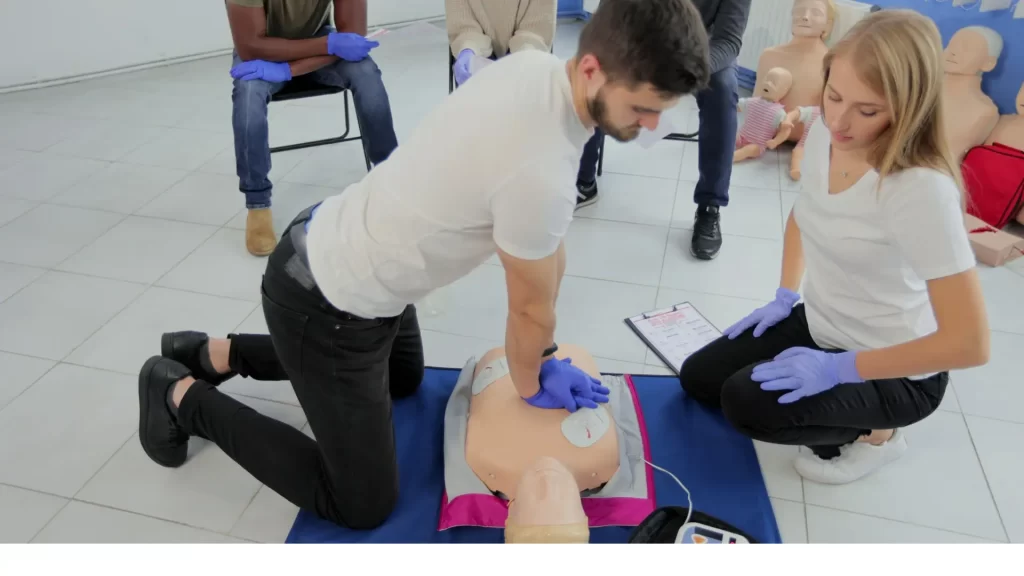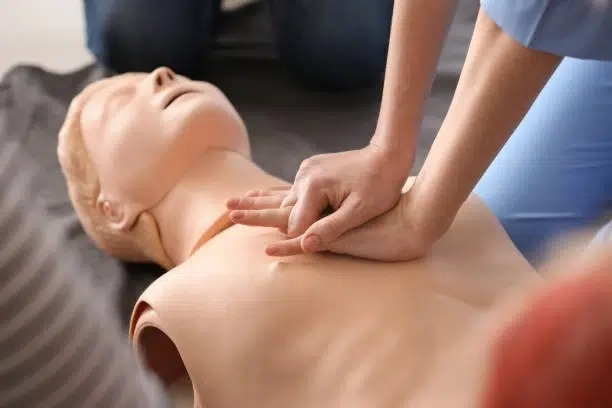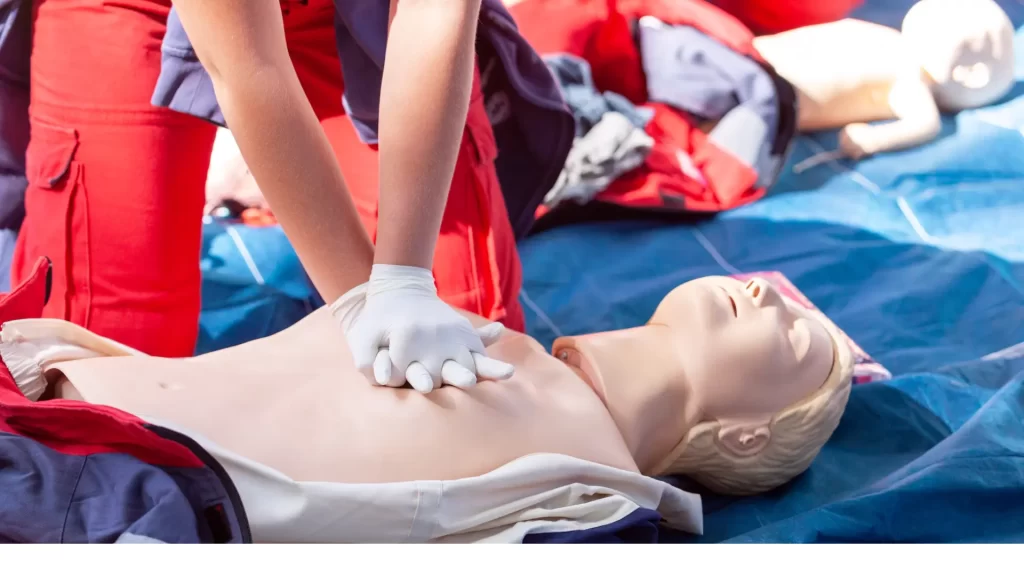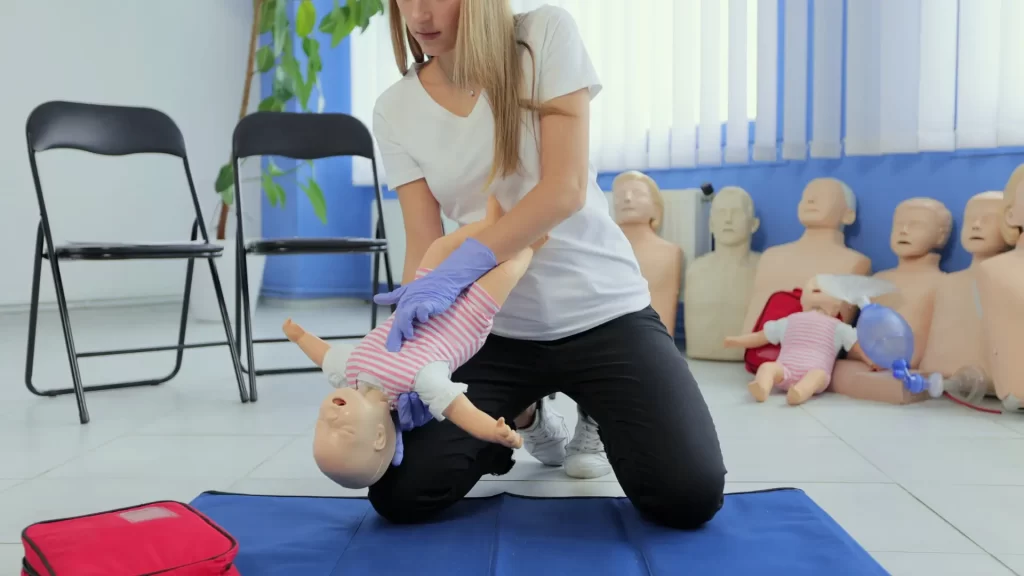First Aid Skills for Hikers and Outdoor Enthusiasts

First Aid Skills for Hikers and Outdoor Enthusiasts

Venturing into the great outdoors can be an exhilarating experience, offering a sense of adventure and a connection to nature that’s hard to find elsewhere. The crisp air, the breathtaking views, and the tranquility of nature provide a perfect escape from the hustle and bustle of daily life. However, along with the beauty and excitement come risks. The wilderness can be unpredictable, and even the most experienced hikers can encounter unexpected challenges. Whether you’re a seasoned trekker or a weekend hiker, having first aid skills is crucial. Being prepared can mean the difference between a minor inconvenience and a major crisis. This article will guide you through essential first aid skills tailored for hikers and outdoor enthusiasts.
Why First Aid Skills Are Essential for Hikers
Exploring nature often means facing unpredictable situations. The allure of the wild brings with it the potential for danger, from shifting weather patterns to uneven terrain. From minor cuts and bruises to more serious injuries, accidents can happen. These incidents can quickly escalate if not addressed promptly. First aid skills equip you to handle these situations effectively, ensuring your safety and that of your fellow adventurers. They provide the confidence needed to enjoy your journey without fear.
The Unpredictability of Outdoor Adventures
Nature is full of surprises. Sudden storms, falling rocks, and unexpected wildlife encounters can turn a serene hike into a challenging ordeal. Understanding the potential risks allows hikers to prepare mentally and physically for the unexpected. Having first aid skills means you are ready to react swiftly and calmly, which can prevent a minor incident from becoming a major emergency.
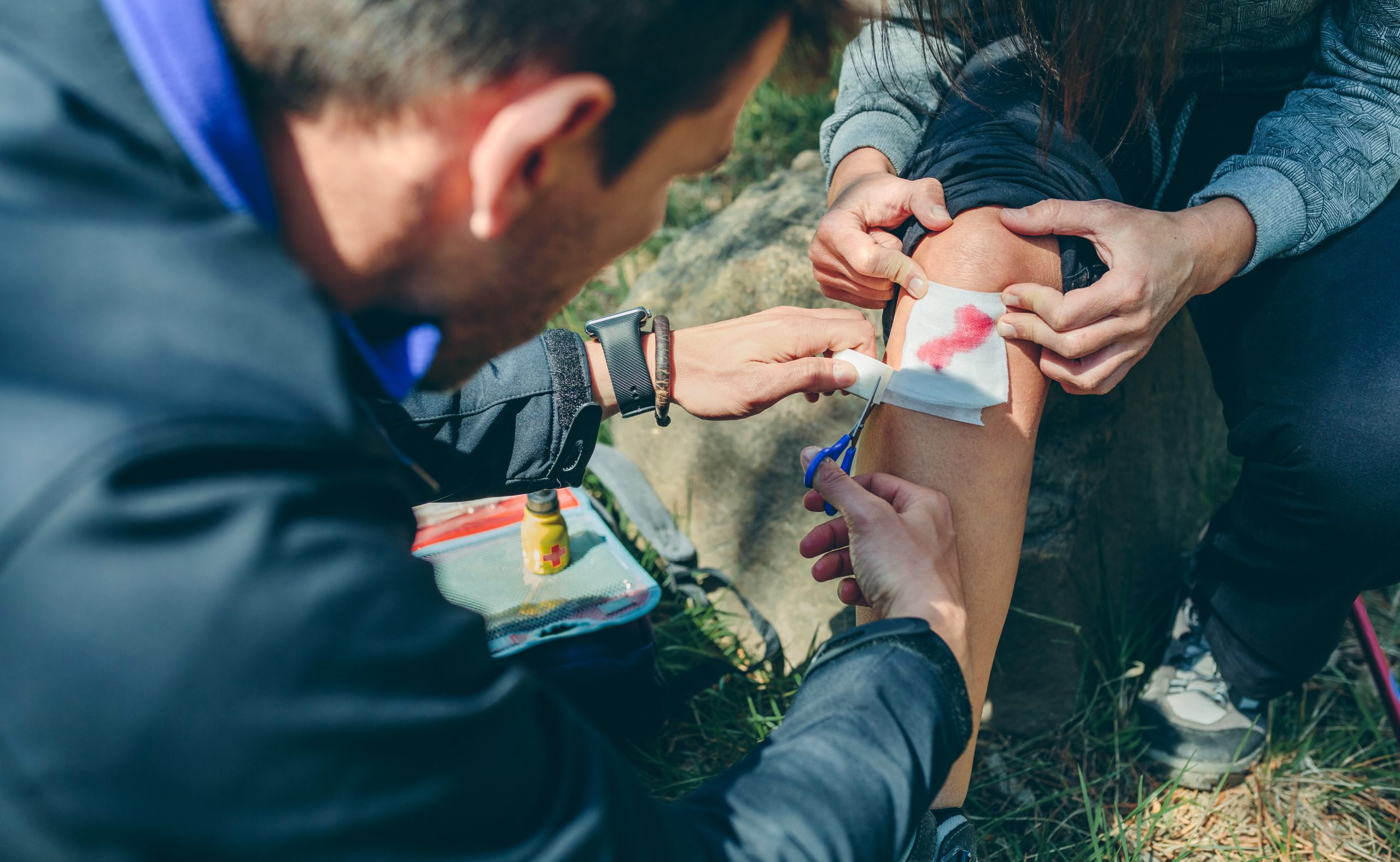
The Importance of Being Prepared
Preparation is key when it comes to outdoor adventures. This involves more than just packing the right gear; it includes having the knowledge and skills to deal with emergencies. First aid training empowers you with the ability to respond to injuries and illnesses, providing immediate care until help arrives. This preparedness not only safeguards your wellbeing but also enhances the enjoyment of your outdoor experience.
The Role of First Aid in Ensuring Safety
Safety should always be a priority for outdoor enthusiasts. First aid is an essential component of safety, allowing you to manage injuries and conditions that can occur in the wild. It bridges the gap between the onset of an injury and professional medical care, minimizing complications and improving outcomes. With first aid skills, you can protect yourself and others, creating a safer environment for everyone involved.
Essential First Aid Skills for Outdoor Enthusiasts
Handling Cuts and Scrapes
One of the most common injuries in the wild, cuts, and scrapes can occur from falls or brushing against sharp objects. These injuries, though often minor, can lead to infections if not properly treated. Clean the wound with water and apply an antiseptic to kill bacteria. Cover it with a sterile bandage to prevent infection and monitor for signs of redness or swelling.
Proper Wound Cleaning Techniques
Cleaning a wound is the first step in preventing infection. Use clean water to flush out dirt and debris from the cut. Avoid using alcohol or hydrogen peroxide, as they can damage healthy tissue. If clean water is unavailable, use antiseptic wipes or solutions. Gently pat the area dry before applying a bandage.
Selecting the Right Bandage
Choosing the correct bandage is crucial for effective wound care. Adhesive bandages are suitable for small cuts, while larger wounds may require gauze and medical tape. Ensure the bandage is secure but not too tight, as this can impede circulation. Change the bandage regularly to keep the wound clean.
Monitoring for Signs of Infection
Even with proper care, infections can occur. Look for signs such as increased redness, swelling, warmth, or pus around the wound. If any of these symptoms appear, seek medical attention. Early detection and treatment are key to preventing complications.
Managing Sprains and Strains
Walking on uneven terrain often results in twisted ankles or strained muscles. These injuries can be painful and limit your mobility. Rest the injured area to prevent further damage, apply ice to reduce swelling, and elevate it above the level of the heart. Use a compression bandage to provide support and reduce swelling.
Recognizing the Symptoms of Sprains and Strains
Understanding the symptoms of sprains and strains is essential for effective treatment. Sprains involve ligament injuries, characterized by pain, swelling, and bruising. Strains affect muscles or tendons, causing muscle spasms, weakness, and limited range of motion. Identifying these symptoms allows for prompt and appropriate care.
The R.I.C.E Method
The R.I.C.E method—Rest, Ice, Compression, Elevation—is a proven strategy for managing sprains and strains. Rest prevents further injury, ice reduces swelling and numbs pain, compression provides support, and elevation decreases swelling by aiding blood flow. Implementing this method can significantly speed up recovery.
When to Seek Medical Attention
While many sprains and strains can be managed with first aid, some require professional medical evaluation. Seek medical help if you experience severe pain, cannot bear weight, or notice significant swelling and bruising. Early intervention can prevent further damage and facilitate healing.
Treating Insect Bites and Stings
Insects are part of the outdoor experience. While most bites and stings are harmless, they can cause discomfort and allergic reactions. For bites and stings, clean the area with soap and water and apply a cold compress to reduce swelling. If allergic reactions occur, administer an antihistamine and seek medical help if necessary.
Identifying Common Insect Bites
Different insects cause different reactions. Mosquito bites typically result in small, itchy bumps, while bee stings can cause immediate pain and swelling. Recognizing the type of insect bite can guide your treatment approach and help you monitor for potential allergic reactions.
Managing Allergic Reactions
Allergic reactions to insect bites can range from mild to severe. Symptoms include redness, itching, and swelling. In severe cases, anaphylaxis can occur, requiring immediate medical attention. Keep antihistamines on hand and know how to use an epinephrine injector if you or a companion are at risk for severe allergic reactions.
Natural Remedies for Bites and Stings
In addition to conventional treatments, several natural remedies can alleviate symptoms of insect bites. Applying a paste of baking soda and water can reduce itchiness, while aloe vera gel soothes irritation. Essential oils like tea tree and lavender have anti-inflammatory properties that can aid in healing.
Addressing Dehydration and Heat Exhaustion
Outdoor activities can quickly lead to dehydration and heat exhaustion, especially in hot weather. Recognize the symptoms: dizziness, excessive sweating, and fatigue. Rehydrate with water or electrolyte solutions and rest in a shaded area. Taking preventive measures can help avoid these conditions.
Recognizing the Signs of Dehydration
Dehydration occurs when the body loses more fluids than it takes in. Early signs include thirst, dark urine, and dry mouth. If left untreated, it can lead to more severe symptoms like confusion and rapid heartbeat. Recognizing these signs early allows for prompt rehydration and recovery.
Preventing Heat Exhaustion
Heat exhaustion is a serious condition resulting from prolonged exposure to high temperatures. To prevent it, wear lightweight, loose-fitting clothing, take frequent breaks in shaded areas, and stay hydrated. Avoid strenuous activities during the hottest parts of the day to reduce the risk.
Rehydration Techniques
Rehydration is crucial for treating dehydration and heat exhaustion. Drink small sips of water or electrolyte solutions to replenish lost fluids. Avoid caffeine and alcohol, as they can exacerbate dehydration. In severe cases, seek medical attention for intravenous fluid replacement.
Wilderness First Aid
Wilderness first aid goes beyond basic first aid by focusing on the unique challenges faced in remote areas. It prepares you to manage serious injuries when medical help is far away, providing the skills and confidence needed to handle emergencies in isolated environments.
Building a First Aid Kit for the Outdoors
A well-stocked first aid kit is a hiker’s best friend. It’s your first line of defense against injuries and illnesses. Include items like adhesive bandages, antiseptic wipes, gauze pads, tweezers, and medical tape. Personalize your kit with necessary medications and emergency contact information.
Essential Items for a Wilderness First Aid Kit
Your first aid kit should contain essentials for treating common outdoor injuries. Include a variety of bandages, antiseptics, pain relievers, and blister treatments. Tweezers are useful for removing splinters or ticks, while scissors can help cut tape or clothing in emergencies.
Customizing Your First Aid Kit
Customize your first aid kit based on the length and location of your trip. Consider the specific risks associated with your destination, such as altitude or wildlife. Include any personal medications and ensure you have enough supplies for the duration of your adventure.
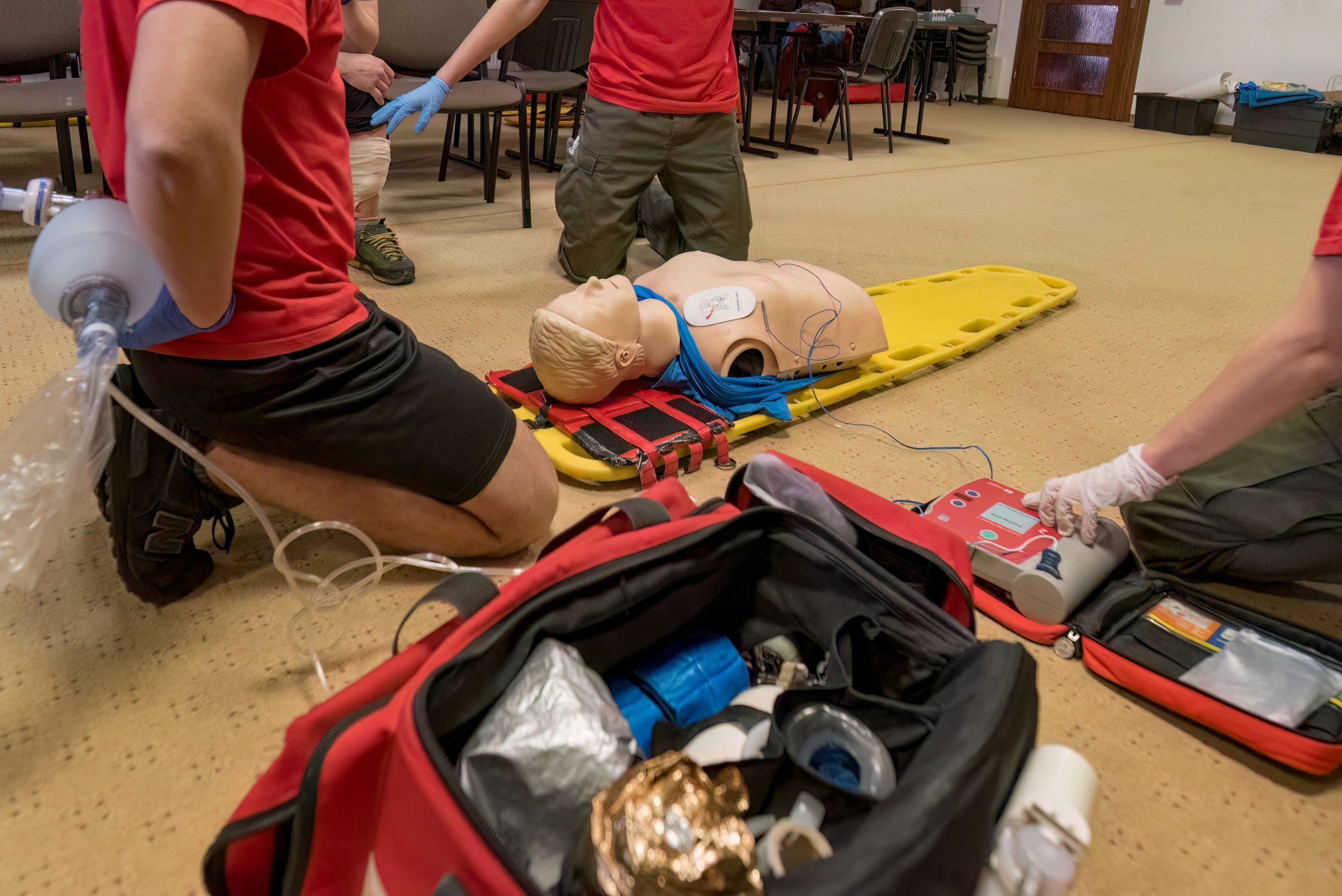
Keeping Your Kit Accessible and Organized
An organized first aid kit allows for quick access to supplies when needed. Use compartments or small bags to separate items by type. Regularly check and restock your kit, replacing expired or used items to ensure readiness for any situation.
Recognizing and Responding to Hypothermia
Hypothermia is a life-threatening condition that occurs when the body loses heat faster than it can produce it. It’s a serious risk in cold weather or wet conditions. Symptoms include shivering, confusion, and exhaustion. To treat hypothermia, move to a warmer place, remove wet clothing, and cover with blankets or a sleeping bag.
Early Warning Signs of Hypothermia
Recognizing the early signs of hypothermia is crucial for effective intervention. Initial symptoms include shivering, numbness, and slurred speech. As the condition worsens, shivering may stop, and confusion or lethargy can set in. Immediate action is necessary to prevent further decline.
Effective Hypothermia Treatment Strategies
Treating hypothermia involves gradually warming the body. Move the person to a sheltered area, remove wet clothing, and wrap them in blankets or sleeping bags. Provide warm, non-alcoholic beverages if the person is conscious. Avoid direct heat sources, which can cause burns or shock.
Preventive Measures for Cold Weather Conditions
Preventing hypothermia starts with proper preparation. Dress in layers to trap heat, and protect extremities with hats and gloves. Stay dry by wearing waterproof clothing and seek shelter when necessary. Monitor weather conditions and plan your activities accordingly to avoid exposure.
Dealing with Fractures and Dislocations
In the wilderness, a fall can lead to fractures or dislocations. These injuries can be painful and require careful management. Stabilize the injured area using a splint, and avoid moving the person unless necessary. Seek professional help as soon as possible to prevent further damage.
Identifying Fractures and Dislocations
Understanding the differences between fractures and dislocations is key to providing appropriate care. Fractures involve broken bones, often causing pain, swelling, and deformity. Dislocations occur when bones are forced out of their normal position, leading to visible joint deformity and immobility.
Immobilization Techniques
Immobilization is crucial for preventing further injury. Use a splint to stabilize the affected area, making sure it extends beyond the joints above and below the injury. Secure the splint with bandages or cloth strips, taking care not to restrict circulation. Immobilization reduces pain and prevents further complications.
When to Seek Professional Medical Assistance
While first aid can stabilize fractures and dislocations, professional medical evaluation is essential. Seek immediate help if the injury involves severe pain, open wounds, or impaired circulation. Prompt medical attention ensures proper treatment and recovery.
Addressing Altitude Sickness
For those hiking in high altitudes, altitude sickness is a real concern. It occurs when the body struggles to adapt to lower oxygen levels. Symptoms include headaches, nausea, and shortness of breath. Descend to a lower altitude and rest. Hydration can also help alleviate symptoms.
Recognizing Symptoms of Altitude Sickness
Altitude sickness can manifest in several ways. Mild symptoms include headache, dizziness, and difficulty sleeping. Severe cases may involve confusion, shortness of breath at rest, and loss of coordination. Early recognition and response are vital to prevent worsening conditions.
Strategies for Acclimatization
Acclimatization is key to preventing altitude sickness. Gradually ascend to higher altitudes, allowing your body time to adjust. Stay hydrated and avoid alcohol, which can exacerbate symptoms. Plan rest days at intermediate altitudes to aid acclimatization and reduce the risk of illness.
Emergency Response for Severe Cases
In severe cases of altitude sickness, immediate descent is crucial. Move to a lower altitude as quickly as possible, and seek medical assistance. Administer oxygen if available and keep the person warm and hydrated. Early intervention can prevent life-threatening complications.
Preparing for the Unexpected
While first aid skills are essential, prevention is key. Proper planning and preparation can minimize risks and enhance your outdoor experience. Plan your trips carefully, be aware of your surroundings, and always let someone know your itinerary. This proactive approach ensures you’re ready for any eventuality.
Taking a First Aid Course
Enrolling in a first aid course tailored for hikers and outdoor enthusiasts is a wise investment. These courses provide hands-on experience and teach you how to handle specific outdoor emergencies effectively. They offer a practical approach to learning, boosting your confidence and competence in emergency situations.
Benefits of Hands-On Training
Hands-on training provides invaluable experience in applying first aid skills. It allows you to practice techniques such as bandaging, splinting, and CPR in a controlled environment. This practical experience enhances your ability to respond effectively in real-life situations, increasing your confidence and capability.
Choosing the Right Course
Selecting the appropriate first aid course is crucial for gaining relevant skills. Look for courses that focus on wilderness first aid, as they address the unique challenges of outdoor environments. Consider the course duration, content, and instructor qualifications to ensure a comprehensive learning experience.
Continuous Learning and Practice
First aid skills require regular practice to maintain proficiency. Attend refresher courses and practice techniques periodically to keep your skills sharp. Staying updated on the latest first aid practices ensures you’re prepared for any situation you may encounter in the wild.
Staying Informed and Equipped
Knowledge is power. Staying informed about your destination and potential risks is essential for a safe adventure. Stay informed about the area you’re exploring, including weather conditions and wildlife. Equip yourself with navigation tools, a whistle, and a flashlight in case you need to signal for help.
Researching Your Destination
Thorough research about your destination is a critical step in preparation. Understand the terrain, climate, and any specific hazards you may encounter. Familiarize yourself with local flora and fauna, as well as potential weather patterns, to anticipate and mitigate risks.
Essential Gear for Outdoor Safety
Carrying essential gear can significantly enhance your safety in the wilderness. In addition to a first aid kit, pack navigation tools such as a map and compass, a whistle for signaling, and a flashlight with extra batteries. These items can prove invaluable in emergencies, aiding in navigation and communication.
Communicating Your Itinerary
Letting someone know your itinerary is a simple but effective safety measure. Share your planned route, expected return time, and emergency contacts with a trusted person. This information can expedite rescue efforts if you encounter difficulties and fail to return as planned.
Conclusion
Exploring the great outdoors is a rewarding experience, but it comes with its share of risks. By equipping yourself with essential first aid skills, you can confidently face emergencies and ensure a safe and enjoyable adventure. Remember, being prepared is the first step towards a successful outdoor experience. So, before your next hike, brush up on these skills and pack your first aid kit. Safe travels! With preparation and knowledge, you can embrace the beauty of nature while protecting yourself and others from harm.
Take Action: Enroll in CPR and First Aid Classes Near Me!
Don’t wait for an emergency to learn essential life-saving skills. Enroll in CPR and First Aid Classes Near Me today to equip yourself with the knowledge and confidence to handle outdoor emergencies effectively. Whether you’re a seasoned hiker or a beginner, these courses are tailored to meet your needs and prepare you for any situation.
Search for “CPR Classes Near Me” to find local training options and start your journey towards becoming a more prepared and responsible outdoor enthusiast. Your safety and the safety of those around you depend on it!
AHA BLS CPR & AED Classes
FAQ
Our primary goal is to ensure that you receive a top-quality CPR/First Aid certification. With our in-person training in Austin, you can learn CPR and BLS in just one class. Your presence is all that’s needed to continue with your lesson! During your session, you will complete all the live-training components necessary to ensure you receive your AHA Healthcare Provider certification card.
Our CPR Classes in Austin are discounted to $59.95 (saving you $20), and our CPR + First Aid Class is offered at $79.95 (also saving you $20). When looking for CPR Classes, ensure to check for the American Heart Association seal. Other sites might seem cheaper but frequently lack the official training credentials demanded by employers.
Upon successful completion of the course, you will obtain a CPR certification that is valid for two years. The AHA CPR certification is recognized with the highest acceptance rate among employers nationwide.
Indeed! Enroll in any CPR Certification Austin BLS course to extend your certification for an additional two years. The in-person BLS course and the Renewal Class are identical.
Anyone capable of completing the course independently should consider pursuing CPR training and CPR Certification. There is no minimum age restriction for obtaining a CPR certification in Austin through the American Heart Association (AHA)..
CPR training needs to be carried out in person to guarantee its effectiveness. Our experienced instructors offer an engaging and dynamic learning experience. Typically, employers do not recognize CPR certifications that are obtained solely through online courses.
All authorized American Heart Association training centers are obligated to display the entire video. After a three-hour session with CPR Classes Near Me Austin, your BLS CPR eCard will be promptly issued by the instructor on the same day!

